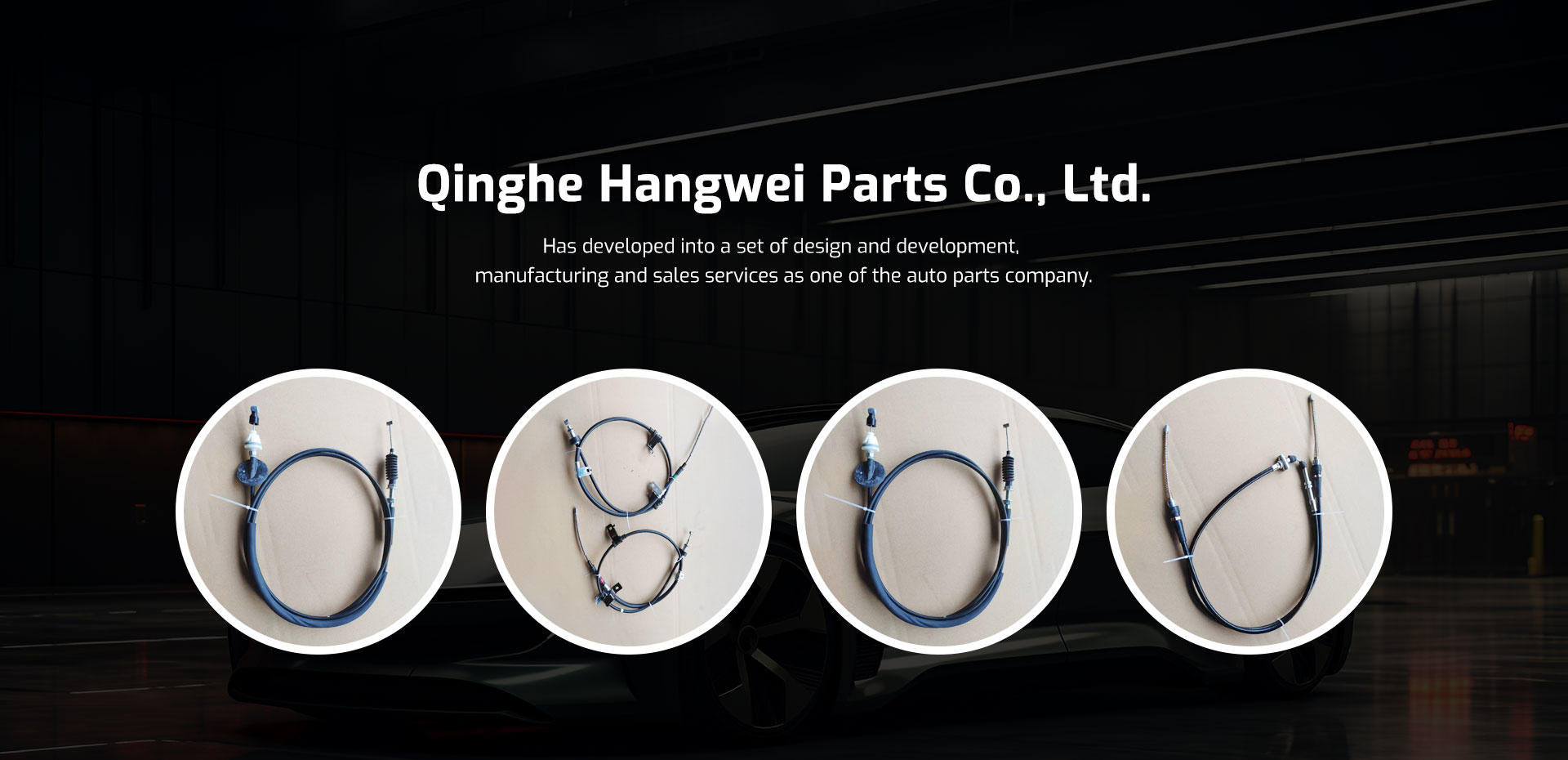throttle wire
Understanding Throttle Wire Importance and Functionality in Automotive Systems
Throttle wire, often referred to as the throttle cable, plays a crucial role in the operation of various engines, particularly in internal combustion engines found in automobiles. This slender yet vital component connects the accelerator pedal to the throttle body, regulating the amount of air that enters the engine. Consequently, it directly influences the engine's power output and performance. Understanding the function and significance of throttle wire can enlighten enthusiasts and professionals alike about its contribution to a vehicle's overall efficiency.
The Basics of Throttle Wire Functionality
At its core, the throttle wire is a cable or wire system that operates on the principles of mechanical linkage. When a driver presses the accelerator pedal, the throttle wire transmits this action to the throttle body, which is often located on the intake manifold of the engine. This motion opens the throttle plate, allowing more air to enter the engine’s combustion chamber. More air leads to a richer fuel-air mixture, resulting in increased power and acceleration.
In traditional cable-driven systems, the throttle wire is made of flexible materials that can withstand considerable tension and wear over time. However, modern cars, particularly those equipped with advanced electronic throttle control (ETC) systems, have begun to replace mechanical wires with electronic sensors and actuators. Despite this shift, the basic functionality—regulating air intake to optimize engine performance—remains a critical aspect.
The Importance of Throttle Wire in Engine Performance
Throttle wire is not merely a functional component; it is integral to enhancing driving performance. The responsiveness of the throttle affects how quickly a vehicle accelerates and how it behaves under different driving conditions. A properly functioning throttle wire ensures that the driver’s input is translated efficiently and accurately, providing a smooth driving experience.
A malfunctioning throttle wire can lead to several performance issues, including delayed or unresponsive acceleration. This can manifest as a lack of power when the driver tries to accelerate, causing frustration and potentially dangerous driving situations. Regular maintenance and inspection of the throttle wire can prevent these types of problems from developing. It is crucial to replace worn or frayed cables to ensure reliability and optimal performance.
throttle wire

Types of Throttle Wire Mechanical vs. Electronic
As previously mentioned, there are two primary types of throttle systems mechanical and electronic. Mechanical throttle wires have a direct connection to the accelerator pedal and the throttle body. They are relatively simple and provide direct feedback to the driver. This type of system is often praised for its straightforwardness and reliability.
In contrast, electronic throttle control systems utilize sensors and actuators to regulate engine airflow without a physical connection between the pedal and the throttle body. This technology allows for enhancements such as throttle-by-wire systems, which can provide improved fuel efficiency, accelerated response times, and advanced safety features. With the aid of electronic sensors, the vehicle can adjust throttle response based on driving conditions, enhancing overall performance and efficiency.
Challenges and Solutions Related to Throttle Wire
Over time, throttle wires can become susceptible to wear and tear, leading to potential issues such as fraying, binding, or disconnecting. These problems can often arise due to environmental factors such as heat, dust, and exposure to various chemicals. Therefore, it is essential for vehicle owners to conduct regular diagnoses and maintenance checks.
Routine inspections should include checking for any signs of damage, assessing the cable’s tension, and ensuring that the throttle body operates smoothly. In cases of wear or failure, timely replacements can prevent more severe engine issues down the line.
Conclusion
In conclusion, the throttle wire, while an often-overlooked component of an automobile, is vital for engine performance and responsiveness. Understanding its function, types, and the need for regular maintenance can help vehicle owners and enthusiasts appreciate its importance. As automotive technology continues to evolve, the role of the throttle wire may change, but its fundamental purpose—to control air intake and optimize engine performance—will remain paramount. Whether in mechanical or electronic form, ensuring that the throttle system is in good condition is essential for a safe and enjoyable driving experience.
-
Workings of Clutch Pipe and Hose SystemsNewsJun.04,2025
-
The Inner Workings of Hand Brake Cable SystemsNewsJun.04,2025
-
The Secrets of Throttle and Accelerator CablesNewsJun.04,2025
-
The Hidden Lifeline of Your Transmission Gear Shift CablesNewsJun.04,2025
-
Demystifying Gear Cables and Shift LinkagesNewsJun.04,2025
-
Decoding Clutch Line Systems A Comprehensive GuideNewsJun.04,2025
